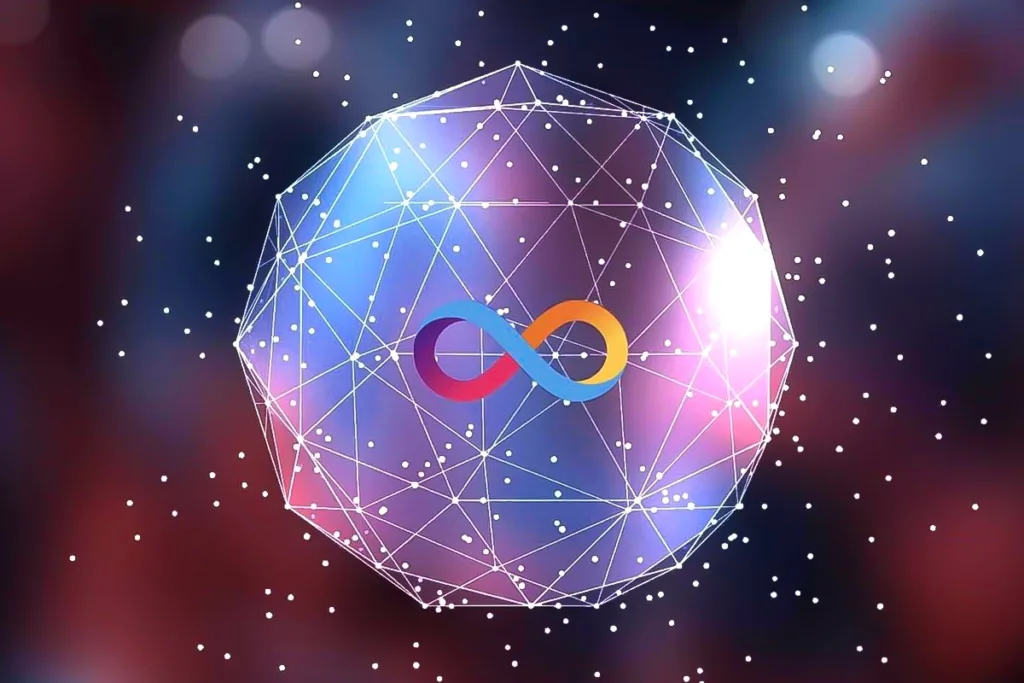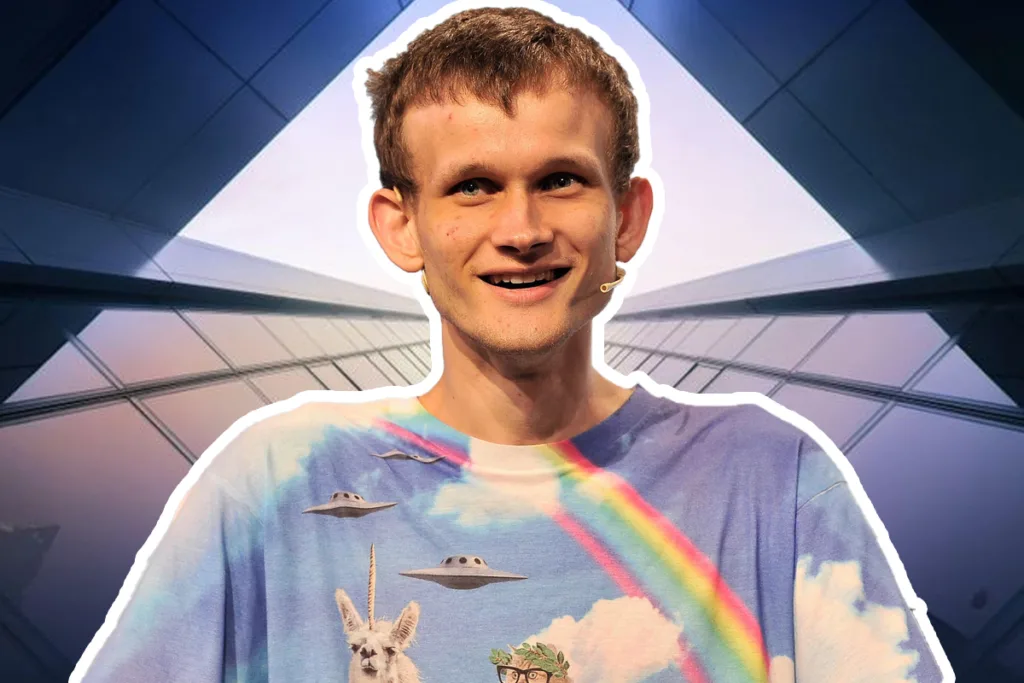Vitalik Buterin calls, Ethereum and DFINITY are intended to collaborate and supplement each other. Despite Ethereum’s prominent status as a blockchain platform, DFINITY brings distinct features and abilities that enrich the wider blockchain ecosystem. The acknowledgment of DFINITY as Ethereum’s sister network underscores the significance of scalability in blockchain networks. Both Ethereum and DFINITY are actively developing scaling solutions to overcome the constraints of present blockchain technology and facilitate widespread adoption.
Vitalik Buterin calls DFINITY Ethereum’s sister network In EDCON 2023

During the EDCON 2023 conference, Vitalik Buterin rejected claims of competition and referred to The Internet Computer network as Ethereum’s sister network. Ethereum has established itself as a prominent player in the realm of blockchain technology and cryptocurrency, revolutionizing decentralized applications and smart contracts.
However, another platform called DFINITY has garnered significant attention in the crypto community, positioning itself as Ethereum’s sister network. DFINITY is an innovative blockchain platform that aims to create a highly scalable and efficient decentralized computing network.
Developed by visionary creators, DFINITY offers a unique approach to blockchain technology. Both Ethereum and DFINITY share the goal of building a decentralized future, enabling direct and secure interactions without intermediaries. While Ethereum has emerged as a leader in the field, DFINITY seeks to complement its capabilities by addressing the scalability challenges faced by Ethereum.

When it comes to smart contract-enabled Layer 1 solutions, Ethereum undeniably holds the highest popularity. With a market valuation of around 216 billion dollars and a total value locked in multiple DeFi protocols reaching 70 billion dollars, Ethereum’s success has paved the way for numerous technical advancements utilized by other cryptocurrencies today.
DFINITY, a forthcoming public blockchain-based cloud computing network, aspires to seed a decentralized internet known as cloud 3.0. It is fully compatible with the Ethereum Virtual Machine (EVM) and significantly reduces IT system and business application costs.
The remarkable aspect of DFINITY’s “Blockchain Nervous System” lies in its ability to automatically adjust economic conditions and network settings to accommodate capacity requirements. In essence, this network can evolve and promptly address real-time issues, making it far more adaptable than existing systems.
DFINITY vs Ethereum: A Comparison
Ethereum has undoubtedly established itself as the leading decentralized public blockchain platform for smart contracts. The inclusion of Ethereum’s smart contract and EVM components has bolstered its technology’s credibility, along with possessing several fundamental advantages that traditional blockchains lack. Let’s explore the top five differences between Ethereum and DFINITY.
- On-chain governance vs off-chain governance: The Internet Computer network incorporates a built-in on-chain governance structure called the Blockchain Nervous System (BNS). In contrast, Ethereum’s discussions and decision-making processes occur off-chain.
- Proof of Stake (PoS) vs Proof of Work (PoW): Ethereum currently utilizes both PoW and PoS systems, although it is transitioning primarily to PoS. PoW requires block creators to solve cryptographic puzzles to earn the right to create a new block, while PoS allows individuals to become validators based on the stake they own or deposit. DFINITY primarily employs PoS, where participants provide evidence of their stake, resulting in less computationally expensive operations compared to PoW.
- Security over Liveness vs Liveness over Security: DFINITY follows the approach of using threshold groups, where a random selection of 400 IDs manifests blocks and generates unique threshold signatures. Failure to meet the threshold results in system-wide failure. In contrast, Ethereum prioritizes liveness over security by utilizing a proof of work architecture. The Internet Computer network places a higher emphasis on security.
- Fixed-sized deposits vs variably sized deposits: DFINITY requires a fixed-sized deposit, where the system sets the stake quantity that individuals must deposit. Additionally, it necessitates the creation of multiple IDs. Ethereum, on the other hand, allows for variously sized deposits, providing flexibility in designing the system’s effects.
- Actor model vs serialized contract execution: DFINITY follows the Actor Model, enabling parallel contract execution and asynchronous message passing. This approach allows for more efficient application execution. In contrast, Ethereum executes processes sequentially, requiring significant data storage in memory, which can strain machine resources.

To access more crypto news: cryptodataspace.com















1 Comment